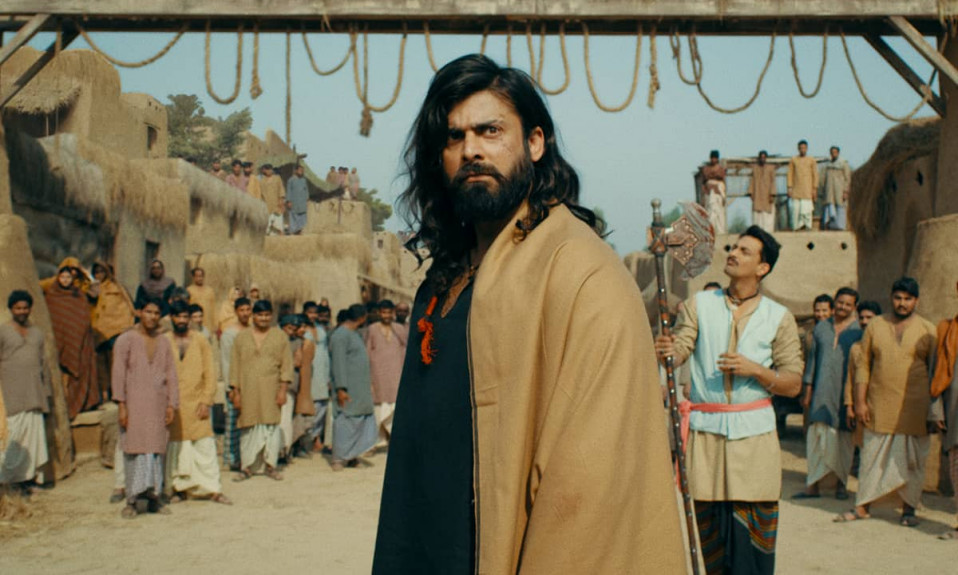Welcome to Global Cinema Spotlight, our new series highlighting regional film industries around the world. Beyond multi-million dollar Hollywood blockbusters, there are dozens of smaller film industries around the world that have cultivated their own style and flair. This series will illustrate how different cultures across the globe have developed their own artistry. We begin with Lollywood, the film industry of Pakistan.
Lollywood gets its name from Lahore, the city at the centre of the Pakistan film industry. Though the film industry of Lahore existed long before Pakistan was even a country, the word “Lollywood” wasn’t a term until 1989. Saleem Nasir, a gossip columnist for the now-defunct Glamour magazine, combined the words “Lahore” and “Hollywood” to get “Lollywood”. Join us as we explore its history and where it is today.
A Brief History of Lollywood
1896 – 1950
Lollywood has a turbulent history moved by political and cultural changes over the years. Cinema was introduced to the Indian subcontinent on a small scale in the late 1800s with equipment imported from Europe. In the early 1900s, the film production of Lahore was closely linked with that in Bombay. However, in 1947 the partition of India disrupted the budding industry. The Indian subcontinent was divided into the Republic of India and Pakistan, after which many of the industry’s main players moved to Bombay, leaving Lahore struggling.
The industry faced censorship plus a drastic drop in funds and available actors. It was sustained by directors like A R Kardar and actors like Nasir Ahmed Khan, the lead actor of Teri Yaad, the first feature film of the newly independent Pakistan. Films were mainly produced in Urdu, and on a smaller scale, Punjabi, English and smaller regional languages.
1950 – 2000
With increasing funds, the industry began recovering in the 1950s and by the 1960s Lollywood had entered its golden age of cinema. This is also due in part to the 1965 ban on imported Indian films following the Indo-Pakistani war, which forced Pakistan to focus more on producing its own films. This saw the release of hits like Armaan, the first film to reach a 75-week run in Pakistani cinema. This era had breakout stars like Zeba, Muhammad Ali and Waheed Murad. 1975 was the most prolific year for Pakistani cinema, with 111 films released.
New regulations in the 1970s and 1980s during the Islamization period under President Muhammad Zia-ul-Haq caused a rapid decline in production. One such policy was the requirement for all filmmakers to have degrees. The period also saw the industry shift from the traditional romance and drama genres more towards action and gore. By the 90s, the industry was near collapse. Most studios closed and film output dropped to only about 40 films per year.
2000 – 2020
In 2007, the government finally lifted the ban on the importation of films across Pakistan and India, prompting a resurgence. That year, Shoaib Mansoor released his debut feature Khuda Ke Liye. This instant box office success was the first film to be simultaneously released in Pakistan and India in forty years. This decade also saw many filmmakers shifting from Lahore to the city of Karachi. Karachi has now become the base of Urdu film in Pakistan, with Lahore now producing predominantly Punjabi films. The 2011 release of Bol, a film tackling religious and social issues of modern Pakistan, ushered in a new wave of Pakistani cinema. The industry properly picked up steam in 2013 and 2014, with hits like Waar and Na Maloom Afraad.
Lollywood Today
Today, Pakistan averages around 60 films per year and is one of the world’s top film-producing countries. Though Lollywood still competes with the giant Bollywood, it has carved out a unique identity rooted in the cultural traditions of Pakistan. Unlike its Indian neighbour, Lollywood is far more willing to explore a variety of genres and experimental films. This approach has earned it critical approval. It has moved away from Bollywood’s predictable formula of relying almost entirely on commercially viable exaggerated romance stories.

Although Lollywood still contends with some censorship, it is growing on the world stage. 2022 saw the release of Saim Sadiq’s drama film Joyland, the first Pakistani film to be screened at the Cannes film festival. The same year saw the release of the action film The Legend of Maula Jatt, the country’s highest-grossing movie to date. However, Lollywood still largely focuses on producing content for its local audience. This gives it a cultural authenticity completely lost in larger film industries. Lollywood definitely has something for everyone, after all, you have nearly 100 years of film to choose from. What do you think of Lollywood? Let us know in the comments.
Also Read: The Rise Of Nigerian-British Filmmakers












1 Comment
Comments are closed.